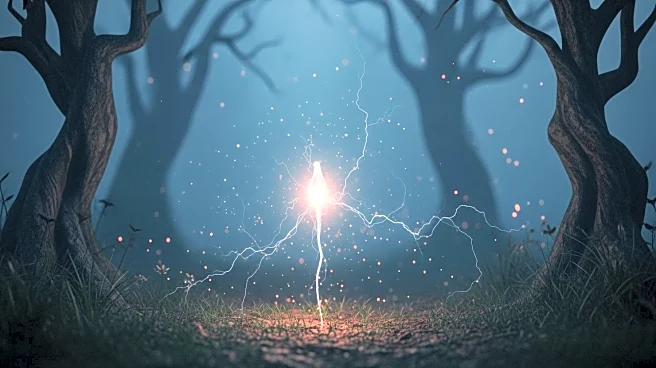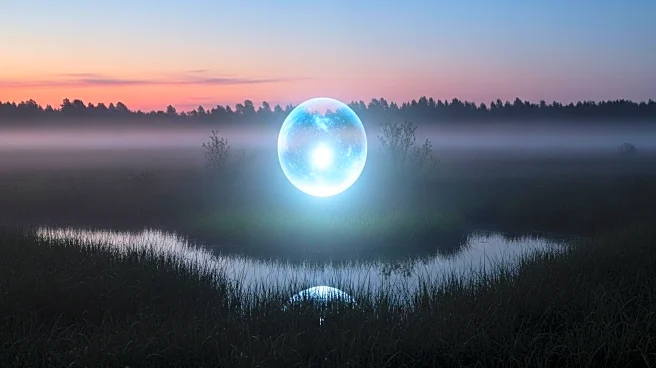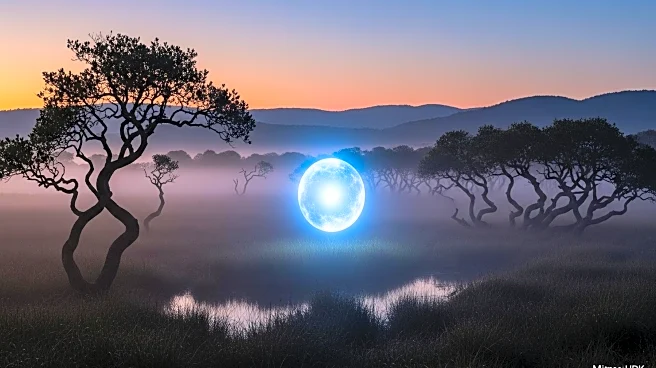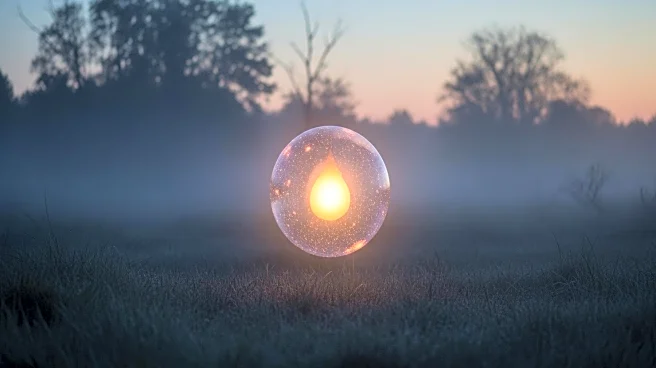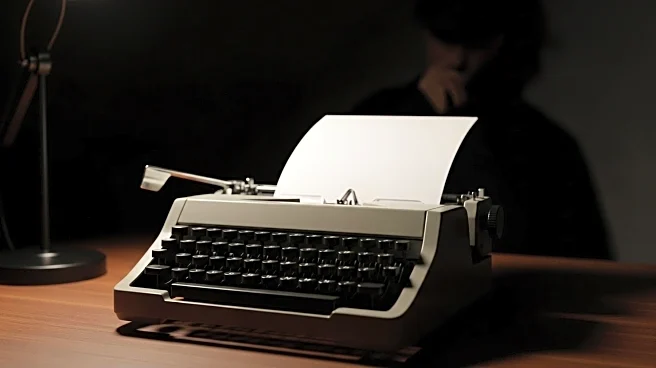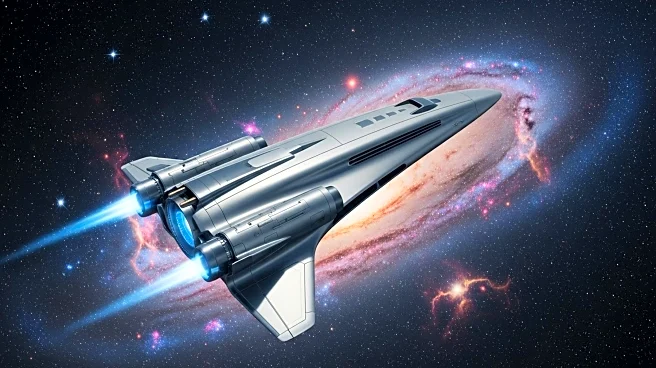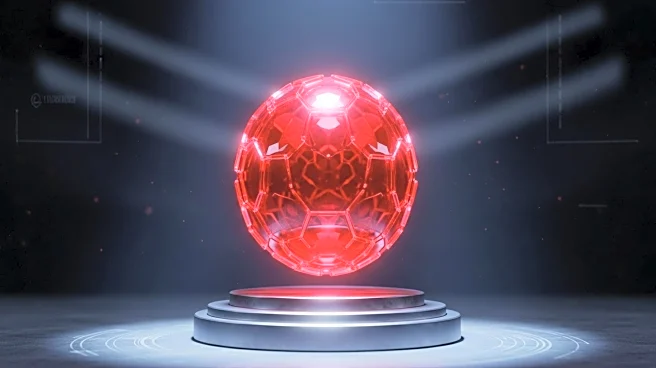What is the story about?
What's Happening?
Researchers at Stanford University have proposed a new explanation for the mysterious will-o’-the-wisps, often seen as blue-tinged lights in swamps and bogs. The study suggests that these lights are caused by electric sparks, or 'microlightning,' generated between bubbles of methane and air in water. These sparks are powerful enough to ignite methane gas, creating the observed flashes of light. The phenomenon was observed in a laboratory setting, providing a plausible explanation for the long-debated mystery of will-o’-the-wisps.
Why It's Important?
Understanding the cause of will-o’-the-wisps has implications for both scientific knowledge and cultural folklore. The study provides a scientific basis for a phenomenon historically attributed to supernatural causes. It enhances our understanding of natural processes in wetland environments, contributing to broader ecological and chemical knowledge. The findings could also inform safety measures in areas where methane emissions are prevalent, highlighting the potential for natural ignition sources.
Beyond the Headlines
The study challenges traditional beliefs and folklore surrounding will-o’-the-wisps, offering a scientific perspective on a cultural phenomenon. It underscores the intersection of science and culture, where scientific explanations can demystify age-old myths. The research also highlights the complexity of natural processes, where seemingly unrelated elements like water and fire can interact in unexpected ways. This discovery may inspire further research into other unexplained natural phenomena.
AI Generated Content
Do you find this article useful?
